Do mollies eat algae? This is a common question among aquarium enthusiasts struggling with unsightly algae growth in their tanks. While algae is a natural part of any aquatic ecosystem, excessive growth can quickly become a nuisance, leading to cloudy water, unsightly surfaces, and potential harm to your fish and plants. One potential solution to this problem may lie in a popular freshwater fish species – the molly. In this comprehensive guide, we’ll explore whether mollies consume algae and how they can potentially help control algae growth in your aquarium.
Understanding Mollies
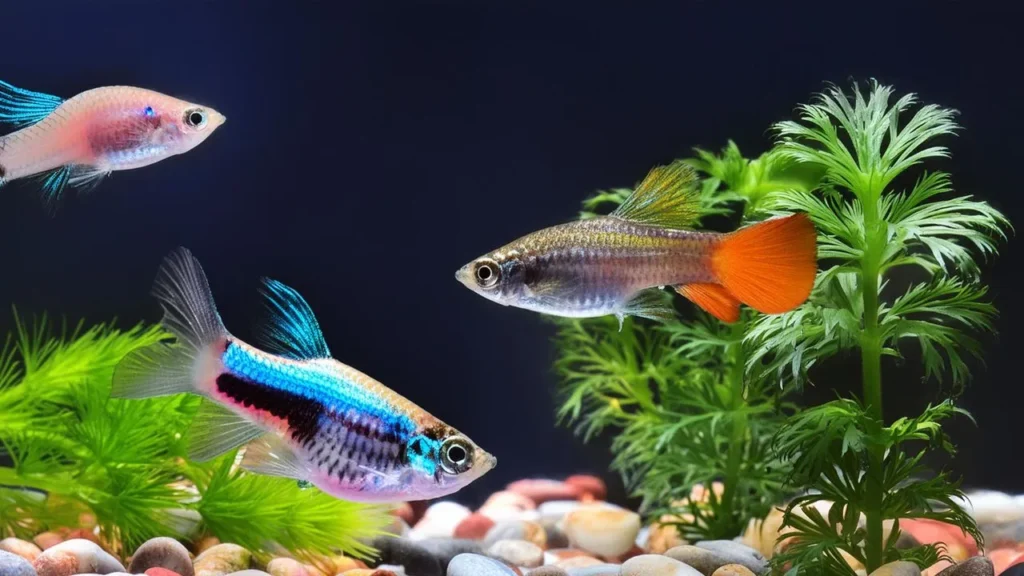
Before diving into the topic of mollies and algae, let’s first understand these fascinating fish. Mollies belong to the Poeciliidae family and are native to brackish waters in Central America and the Caribbean. They are hardy, peaceful fish that thrive in a wide range of water conditions, making them an excellent choice for both beginner and experienced aquarists.
Mollies are known for their vibrant colors, ranging from solid black to various shades of yellow, orange, and even white. Some popular molly varieties include the black molly, the Dalmatian molly, and the sailfin molly. These fish are also relatively easy to breed, which contributes to their popularity in the aquarium hobby.
The Role of Algae in Aquariums
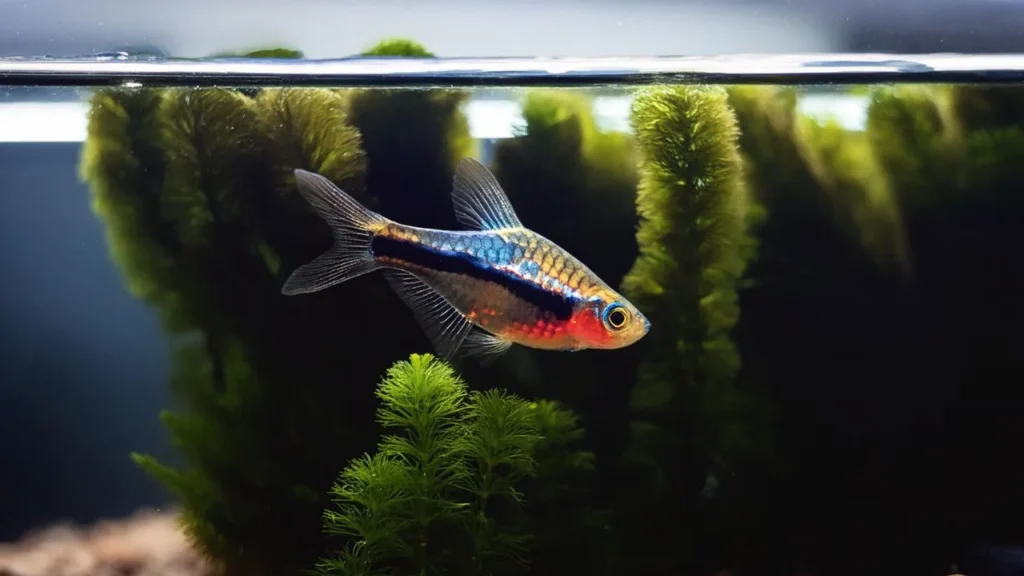
Algae are simple, plant-like organisms that exist in various forms, such as green algae, brown algae, and red algae. While some algae growth is natural and even beneficial in aquariums, excessive growth can become a nuisance, leading to cloudy water, unsightly growth on surfaces, and potential harm to your fish and plants.
Several factors can contribute to algae growth, including excessive lighting, high nutrient levels (e.g., nitrates, phosphates), and imbalanced water chemistry. Addressing these underlying causes is crucial for long-term algae control, but introducing algae-eating fish can also help manage the problem.
Do Mollies Eat Algae?
Now, let’s address the critical question: Do mollies eat algae? The short answer is yes, mollies can consume certain types of algae. However, their algae-eating abilities vary depending on the specific type of algae and the individual fish’s preferences.
Do Mollies Eat Algae Wafers?
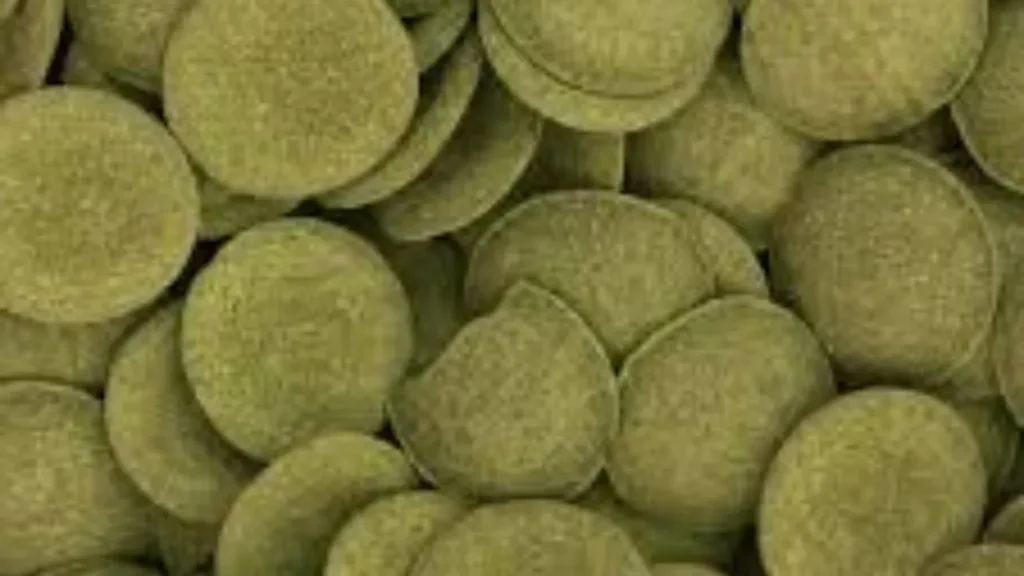
Algae wafers are a popular supplemental food source for herbivorous fish, including mollies. While mollies will readily consume these wafers, it’s crucial to remember that algae wafers should not be considered a substitute for a well-balanced diet. Overfeeding algae wafers can lead to excessive waste and nutrient buildup, potentially contributing to algae growth instead of controlling it.
Do Mollies Eat Black Beard Algae?
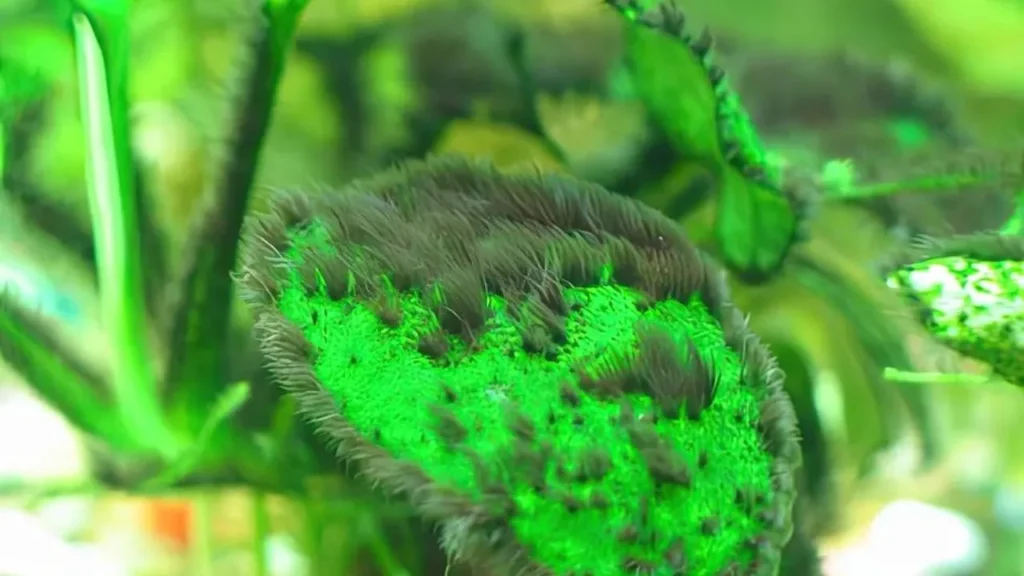
Black beard algae, also known as brush algae or Audouinella algae, can be a stubborn and unsightly problem in many aquariums. While some aquarists report success with mollies grazing on black beard algae, others have had mixed results. It’s essential to note that mollies may not be able to eradicate this type of algae on their own completely, and additional measures may be necessary.
Do Mollies Eat Hair Algae?
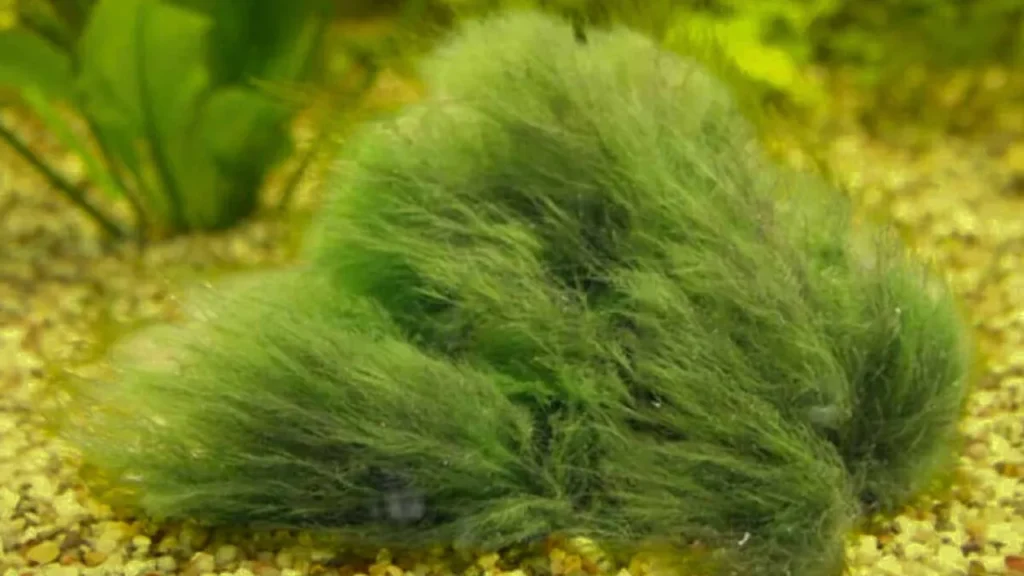
Hair algae, a type of green algae that resembles long, stringy strands, can be a challenging issue for aquarium owners. Unfortunately, mollies are generally not effective at controlling hair algae. This type of algae is often more challenging to manage and may require manual removal or other specialized treatments.
Do Black Mollies Eat Algae?
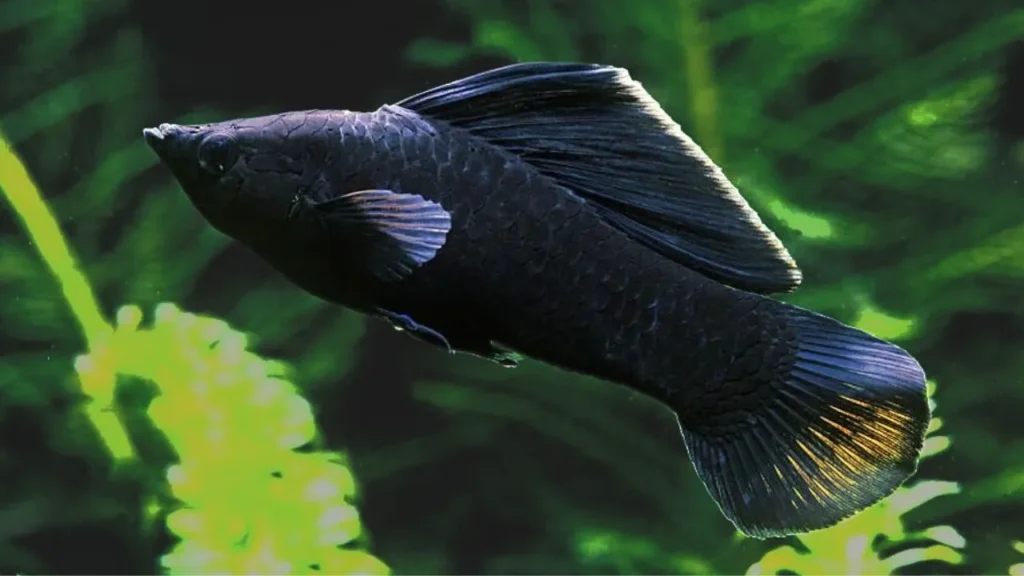
Black mollies, a popular molly variety, are also known to consume algae. Their dark coloration may make it easier to spot them grazing on algae in your aquarium. However, it’s essential to note that individual preferences can vary, and some black mollies may be more interested in algae than others.
Factors Affecting Mollies’ Algae-Eating Behavior
While mollies are known to consume algae, several factors can influence their algae-eating behavior and effectiveness in controlling algae growth:
- Fish Size and Age: Larger, mature mollies tend to be more effective at grazing on algae than smaller, younger individuals.
- Water Parameters: Mollies thrive in specific water conditions, including a pH range of 7.0 to 8.5 and a temperature range of 72°F to 82°F (22°C to 28°C). Maintaining optimal water parameters can encourage healthy algae-eating behavior.
- Competition and Stocking Density: If your aquarium is overstocked or has other algae-eating species present, mollies may face competition for available algae, potentially reducing their effectiveness.
- Diet and Supplementation: Providing a well-balanced diet, including high-quality flakes or pellets and occasional vegetables or algae wafers, can help ensure that mollies are getting the necessary nutrients and are more inclined to graze on algae.
- Algae Type and Abundance: As mentioned earlier, mollies may have preferences for certain types of algae and may not effectively control all varieties, particularly stubborn types like hair algae or black beard algae.
Also Read: How To Extend Life Expectancy Of Molly Fish?
Integrating Mollies into an Algae Control Strategy
While mollies can be helpful in controlling algae growth, it’s essential to take a comprehensive approach for long-term success. Here are some tips for integrating mollies into an effective algae control strategy:
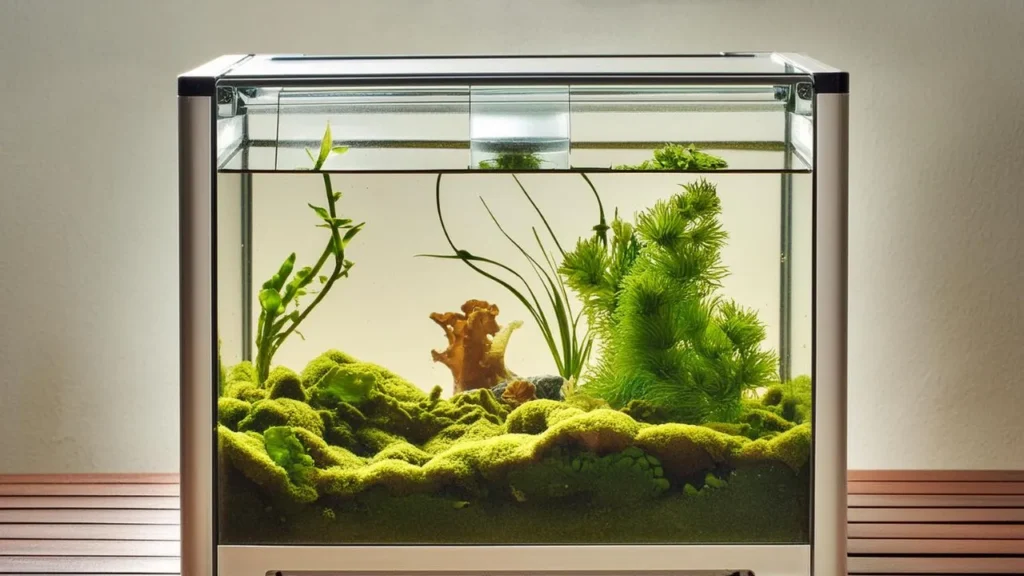
- Address Underlying Causes: Before introducing mollies, it’s crucial to identify and address the root causes of excessive algae growth, such as excessive lighting, nutrient imbalances, or poor water quality.
- Provide Adequate Lighting: Mollies prefer moderate to low lighting conditions, which can help discourage excessive algae growth while still providing enough light for the fish to thrive.
- Perform Regular Water Changes: Maintaining good water quality through regular partial water changes can help remove excess nutrients that fuel algae growth.
- Introduce Mollies Gradually: When introducing mollies to an established aquarium, do so gradually to allow them to acclimate and avoid shocking the existing ecosystem.
- Supplement with Other Algae Control Measures: While mollies can be helpful, they may not be able to eliminate all types of algae on their own completely. Consider supplementing with other algae control measures, such as manual removal, chemical treatments (if necessary), or introducing additional algae-eating species like nerite snails or amano shrimp.
- Monitor and Adjust: Regularly monitor your aquarium’s algae levels and adjust your approach as needed. If mollies are not effectively controlling algae growth, consider adjusting their diet, and water parameters, or introducing additional algae-eating species.
Also Read: Are Molly Fish Aggressive?
Statistics and Diverse Perspectives
To provide a well-rounded understanding of mollies and algae control, it’s essential to consider relevant statistics and diverse perspectives:
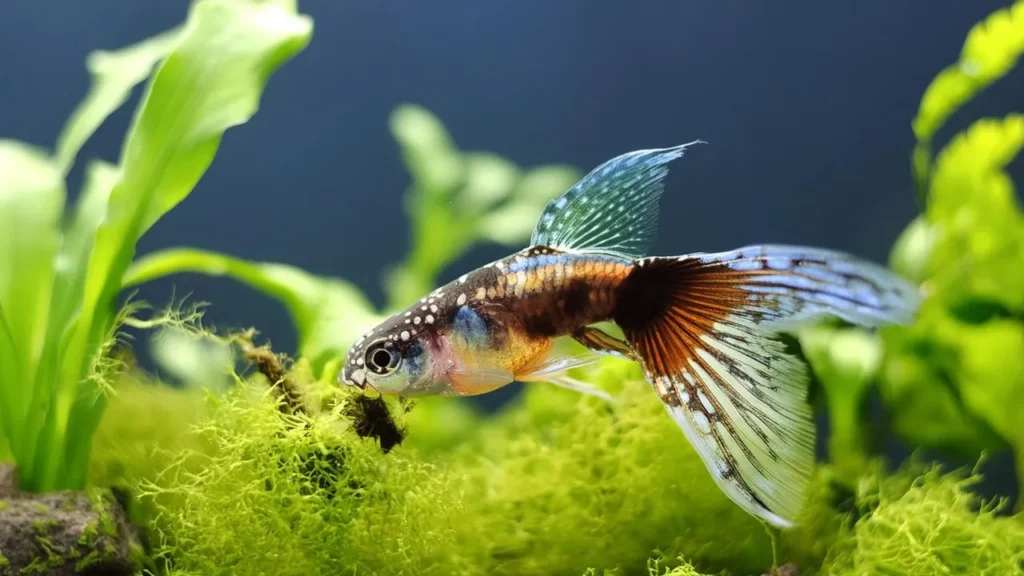
- According to a survey by the American Livebearer Association, over 60% of molly owners reported that their fish effectively helped control algae growth in their aquariums.
- However, a study by the University of Florida found that while mollies can consume certain types of algae, their effectiveness varies greatly depending on factors such as water conditions, algae type, and individual fish preferences.
- Some aquarists argue that relying solely on mollies for algae control is insufficient and advocate for a more comprehensive approach that includes manual removal, water parameter adjustments, and the use of chemical treatments when necessary.
- On the other hand, proponents of a more natural approach to aquarium keeping prefer the use of algae-eating fish and invertebrates over chemical treatments, citing potential environmental and health concerns.
- It’s important to note that individual experiences may vary, and what works for one aquarium may not be as effective for another. Factors such as tank size, stocking density, and overall aquarium setup can influence the success of using mollies for algae control.
Also Read: 10 Devastating Molly Fish Disease.
FAQs.
Do mollies really eat algae, or is it just a myth?
Yes, it is a fact that mollies eat algae. Mollies are known to graze on various types of algae, including green algae, brown algae, and some forms of red algae. Their constant grazing can help control algae growth and maintain a cleaner aquarium environment.
What types of algae do mollies eat?
Mollies are known to consume green algae, brown algae, and certain types of red algae. However, they may not be as effective at controlling stubborn algae varieties like black beard algae or hair algae.
Do all mollies eat algae, or are some better at it than others?
While most species of mollies eat algae, their effectiveness can vary depending on factors such as fish size, age, and individual preferences. Larger, mature mollies generally tend to be more effective at grazing on algae compared to smaller, younger individuals.
Can mollies completely eliminate algae from my aquarium?
While mollies can be helpful in controlling algae growth, they may not be able to completely eliminate all types of algae on their own. A comprehensive approach that addresses underlying causes and incorporates other methods may be necessary for long-term algae control.
How many mollies do I need to help control algae in my aquarium?
The number of mollies required for algae control depends on factors such as tank size, algae abundance, and the presence of other algae-eating species. As a general guideline, it’s recommended to have one molly for every 10-15 gallons of water.
Can I keep mollies with other algae-eating species like plecos or shrimp?
Yes, mollies can be kept with other algae-eating species, such as plecos or shrimp. However, it’s important to ensure that there is enough algae and supplemental food for all the inhabitants, as competition for resources can occur.
Do mollies eat algae better in certain water conditions?
Yes, mollies thrive and exhibit better algae-eating behavior in specific water conditions, including a pH range of 7.0 to 8.5 and a temperature range of 72°F to 82°F (22°C to 28°C). Maintaining optimal water parameters can encourage healthy algae-eating behavior.
How To Tell if Molly Fish Is Dying?
Conclusion
In conclusion, mollies can indeed be effective algae eaters and can play a valuable role in controlling algae growth in aquariums. However, their effectiveness varies depending on factors such as algae type, water conditions, and individual fish preferences. While mollies can be a helpful addition to an algae control strategy, it’s essential to take a comprehensive approach that addresses underlying causes and incorporates other methods as needed.
By understanding the capabilities and limitations of mollies as algae eaters, aquarium enthusiasts can make informed decisions and develop a tailored approach to maintaining a healthy and algae-free aquarium environment. Remember, patience and consistent monitoring are key to achieving long-term success in algae control.

